

The “land of rising sun” that is the name which goes with the alluring Japan. Japan is a land of striking scenic beauty. First time visitors are impressed by its greenness and its mountains, which cover nearly three-quarters of the country. The rugged peaks, snow-fed lakes, turbulent rivers, rocky gorges and waterfalls and dense forests are breathtaking, but they put severe limits on livable land. Travelling by Shinkansen is an experience that shouldn't be missed - as well as it being the fastest way to get out on the slopes.

Kyoto, once the capital of Japan, is a city on the island of Honshu. It's famous for its numerous classical Buddhist temples, as well as gardens, imperial palaces, Shinto shrines and traditional wooden houses. x`
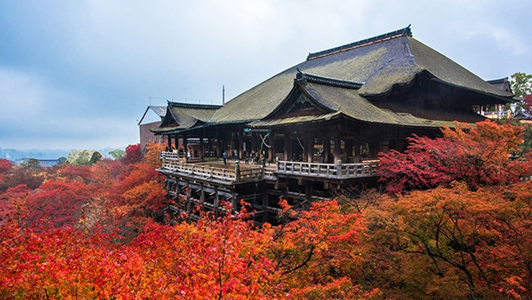
Kiyomizu-dera
Kiyomizu-dera, officially Otowa-san Kiyomizu-dera, is an independent Buddhist temple in eastern Kyoto. The temple is part of the Historic Monuments of Ancient Kyoto UNESCO World Heritage site
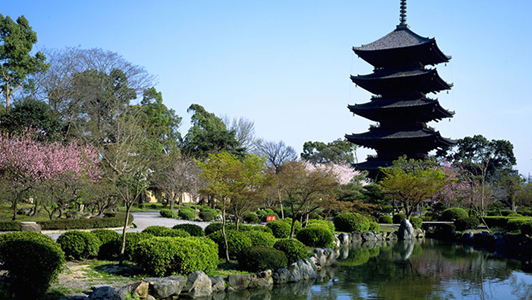
Tō-ji
Tō-ji is a Buddhist temple of the Shingon sect in Kyoto, Japan. It once had a partner, Sai-ji and, together, they stood alongside the Rashomon, gate to the Heian capital. It was formerly known as Kyō-ō-gokoku-ji which indicates that it previously functioned as a temple providing protection for the nation.
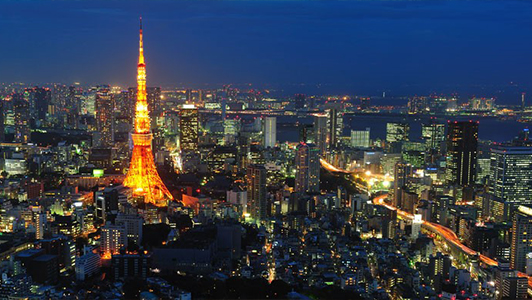
Tokyo, Japan’s busy capital, mixes the ultramodern and the traditional, from neon-lit skyscrapers to historic temples. The opulent Meiji Shinto Shrine is known for its towering gate and surrounding woods. The Imperial Palace sits amid large public gardens. The city's many museums offer exhibits ranging from classical art (in the Tokyo National Museum) to a reconstructed kabuki theater (in the Edo-Tokyo Museum).

Tokyo Tower
Tokyo Tower is a communications and observation tower in the Shiba-koen district of Minato, Tokyo, Japan. At 332.9 metres, it is the second-tallest structure in Japan. The structure is an Eiffel Tower-inspired lattice tower that is painted white and international orange to comply with air safety regulations.
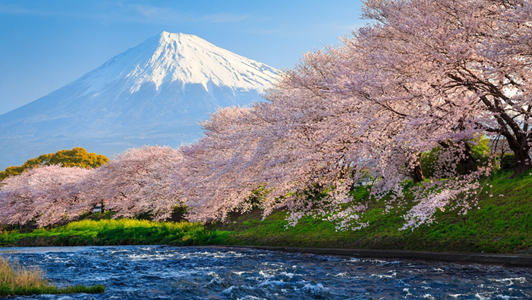
Mt. Fuji
Japan’s Mt. Fuji is an active volcano about 100 kilometers southwest of Tokyo. Commonly called “Fuji-san,” it’s the country’s tallest peak, at 3,776 meters. A pilgrimage site for centuries, it’s considered one of Japan’s 3 sacred mountains, and summit hikes remain a popular activity. Its iconic profile is the subject of numerous works of art, notably Edo Period prints by Hokusai and Hiroshige.
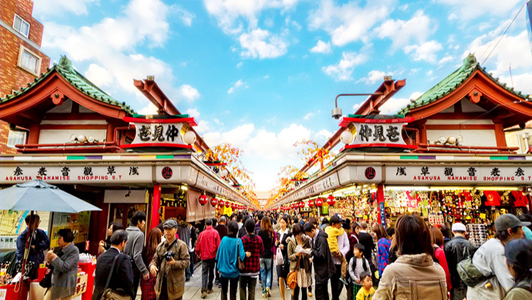
Nakamise Shopping Street
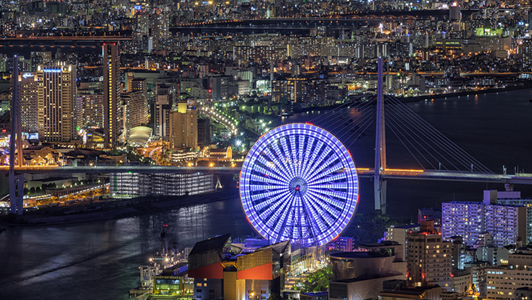
Osaka is a large port city and commercial center on the Japanese island of Honshu. It's known for its modern architecture, nightlife and hearty street food. The 16th-century shogunate Osaka Castle, which has undergone several restorations, is its main historical landmark. It's surrounded by a moat and park with plum, peach and cherry-blossom trees. Sumiyoshi-taisha is among Japan’s oldest Shinto shrines.
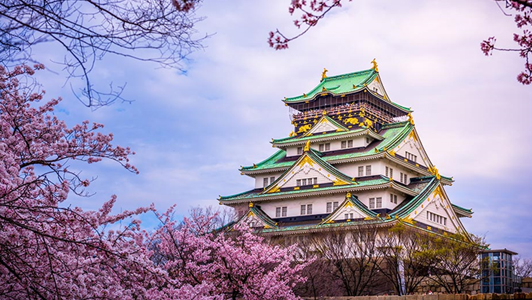
Osaka Castle
Osaka Castle is a Japanese castle in Chūō-ku, Osaka, Japan. The castle is one of Japan's most famous landmarks and it played a major role in the unification of Japan during the sixteenth century of the Azuchi-Momoyama period.
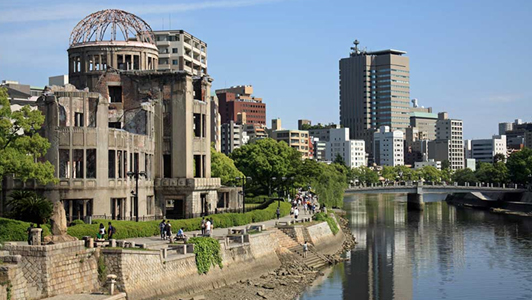
Hiroshima, a modern city on Japan’s Honshu Island, was largely destroyed by an atomic bomb during World War II. Today, Hiroshima Peace Memorial Park commemorates the 1945 event. In the park are the ruins of Genbaku Dome, one of the few buildings that was left standing near ground zero. Other prominent sites include Shukkei-en, a formal Japanese garden, and Hiroshima Castle, a fortress surrounded by a moat and a park.

The Historic Villages of Shirakawa-gō and Gokayama are one of Japan's UNESCO World Heritage Sites. The cultural property consists of three historic mountain villages over an area of 68 hectares in the remote Shogawa river valley, stretching across the border of Gifu and Toyama Prefectures in central Japan.

Takayama is a city in Japan's mountainous Gifu Prefecture. The narrow streets of its Sanmachi Suji historic district are lined with wooden merchants’ houses dating to the Edo Period, along with many small museums. The city is famed for its biannual Takayama Festival, going back to at least the mid-1600s, celebrating spring and fall with parades featuring ornate, gilded floats and puppet shows.
